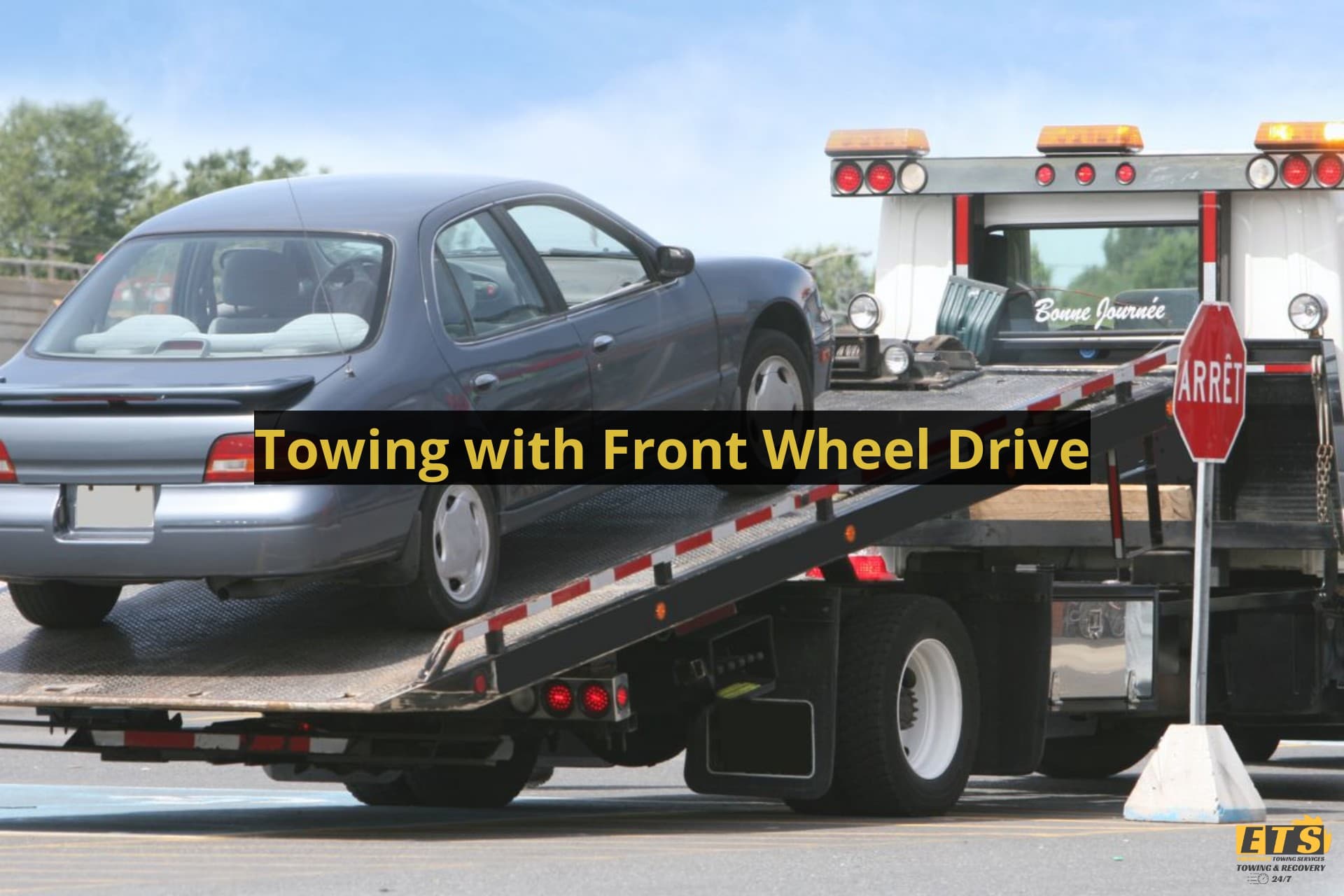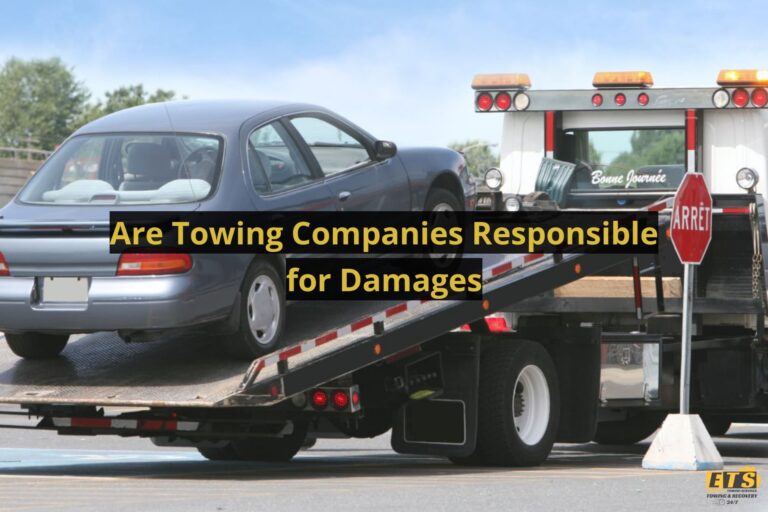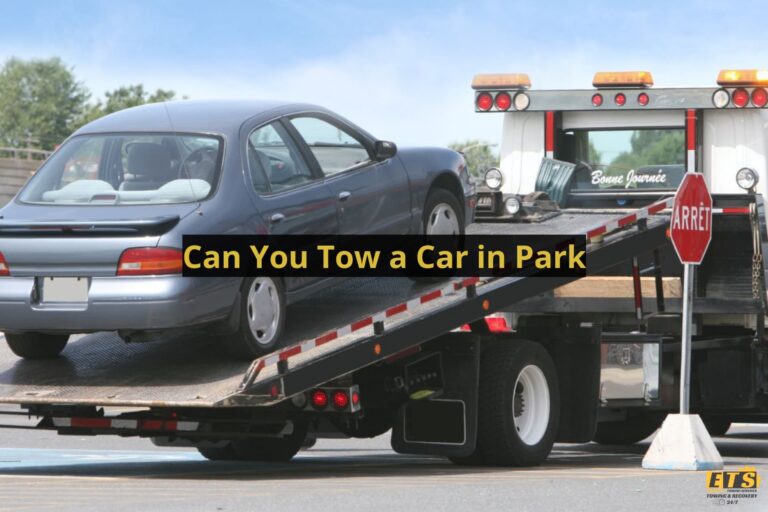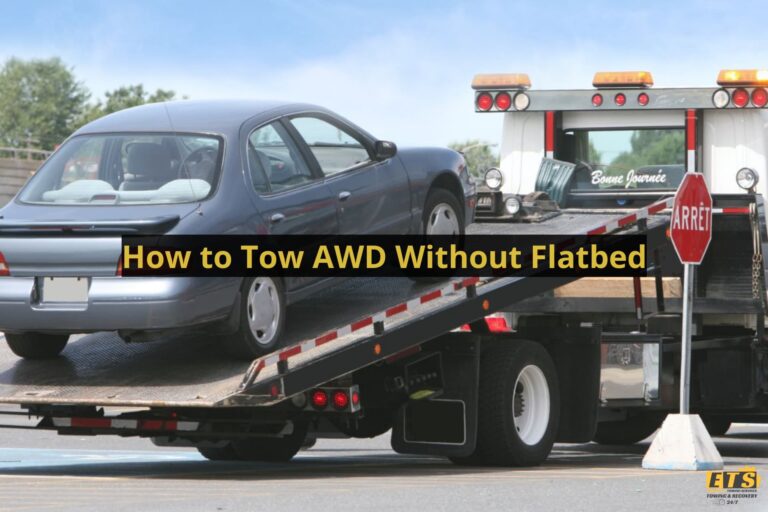Towing With Front Wheel Drive
The information presented in this article is provided for general informational purposes only, and may not reflect the current laws or legal developments. This article does not constitute legal advice, and the reader should not act on the information contained in this article without first seeking professional counsel. We make no guarantees about the accuracy, completeness, or adequacy of the information contained in this article. The reader assumes all risks and liabilities associated with any actions taken as a result of reading this article. To obtain legal advice on your specific matter, please contact a qualified legal professional.
Are you a front-wheel drive car owner who’s hesitant to tow anything? It’s understandable to have concerns about whether your vehicle is equipped for the job. However, with the right towing equipment and careful driving techniques, towing with a front-wheel-drive car is possible.
Many newer vehicles come with front-wheel or all-wheel drive as standard features. This means that more people are becoming interested in using their cars for hauling purposes.
In this article, we’ll discuss everything you need to know about towing with front-wheel drive, from how to prepare your vehicle to what kind of trailer hitch you should use. With these tips in mind, you can confidently hit the road on your next towing adventure!
Understanding The Capabilities Of Front-Wheel Drive Cars
Did you know that front-wheel drive cars make up more than 60% of new car sales in the United States? This is because they are generally cheaper to produce and offer better fuel economy. However, their popularity also means that many people find themselves towing with a front-wheel drive vehicle.
One important factor to consider when towing with a front-wheel drive car is tire traction. The weight of the trailer can put additional strain on the front wheels, causing them to lose traction if the tires are not properly inflated or have worn treads. It’s essential to ensure your tires are in good condition and that you’re using appropriate load range for your towed object.
Another consideration when towing with a front-wheel drive car is weight distribution. A heavy trailer can cause the back end of your car to sag, which will transfer weight from your front wheels to your rear wheels. This loss of weight on the front wheels decreases overall handling stability, making it harder to steer and control the vehicle while driving at higher speeds. Properly distributing weight between both axles can help maintain balance and reduce wear and tear on your suspension system.
Choosing The Right Towing Equipment
Now that we have a better understanding of the capabilities of front-wheel drive cars, it’s important to choose the right towing equipment.
One key consideration is towing capacity limitations. It’s essential to know your car’s maximum weight limit before pulling any trailer or vehicle.
When it comes to hitch compatibility with front-wheel drive vehicles, there are some critical factors to consider. First and foremost, you need to ensure that the tow hitch is compatible with your car’s frame and suspension system.
Additionally, you’ll want to make sure that the hitch can handle the weight of whatever you’re towing without putting undue stress on your car.
It’s also vital to take into account any additional equipment needed for safe towing, such as brake controllers and sway bars. These pieces of gear help maintain control over the trailer while in motion and prevent swaying or fishtailing.
By choosing appropriate towing equipment and taking necessary precautions, you can safely tow with your front-wheel drive vehicle without encountering problems down the road.
Preparing Your Vehicle For Towing
Before you start towing with your front-wheel drive vehicle, there are some important steps you should take to ensure a safe and successful experience.
First and foremost, it’s crucial to understand your vehicle’s towing capacity. Exceeding this limit can result in serious damage to both your car and the object being towed.
Once you know your vehicle’s towing capacity, it’s time to prepare for the actual process of towing. This includes attaching any necessary equipment such as a hitch or trailer brake controller, checking all lights on both your car and the trailer, and ensuring proper weight distribution. Neglecting these steps could lead to potential risks on the road.
It’s also important to keep in mind that front-wheel drive vehicles may have unique challenges when it comes to towing. Since most of the weight is located in the front of the car, adding additional weight from a trailer can cause instability during braking or turning. To combat this issue, consider using sway bars or other tools designed specifically for front-wheel drive cars while towing.
When preparing for towing:
- Check tire pressure and condition
- Make sure all fluid levels are topped off
- Double check brakes are working correctly
Remember to always prioritize safety when embarking on any type of tow journey with your front-wheel drive vehicle. Taking adequate precautions and following recommended guidelines will help prevent potential risks and ensure a smooth ride throughout your trip!
Installing A Trailer Hitch
Installing a trailer hitch is an important step in towing with front wheel drive. It provides a secure attachment point for your tow vehicle and allows you to safely transport heavy loads. However, before making any purchase or installation decisions, it’s essential to consider cost considerations.
Trailer hitches come in different shapes and sizes, each with its own price tag. Some are more expensive than others due to their materials, weight capacity, or design features. Additionally, there may be professional installation costs associated with the type of hitch you choose. Therefore, it’s crucial to factor in these expenses when budgeting for your towing setup.
When considering installing a trailer hitch on your front-wheel-drive car, it’s vital to determine whether you’re comfortable tackling this project yourself or if you need professional help. If you don’t have experience working with cars or trailers, hiring a professional installer may be necessary for safety reasons. While self-installation can save money upfront, improper installation could lead to costly accidents down the road. Before deciding which route to take, make sure to weigh the pros and cons carefully.
| Type | Pros | Cons |
|---|---|---|
| Receiver Hitch | Versatile use for multiple vehicles | May require permanent drilling into bumper |
| Bumper Hitch | Affordable option | Limited weight capacity |
| Gooseneck Hitch | High weight capacity | Expensive |
By considering cost factors and deciding between DIY versus professional installation options, finding the right trailer hitch for your needs becomes easier but not necessarily simple nor effortless. Always remember that having a properly installed and appropriate hitch ensures safe travels while transporting heavy items behind your car efficiently without putting anyone in danger on the roads nearby!
Distributing Weight For Safe Towing
As we discussed in the previous section, installing a trailer hitch is an important step before towing. Now that you have your hitch installed on your front-wheel-drive vehicle, it’s crucial to distribute weight for safe towing.
Weight distribution is key when towing with any type of vehicle, but especially so with front-wheel drive. When the majority of the weight is placed at the rear of the trailer, it can cause instability and potentially lead to dangerous trailer sway. To avoid this, make sure to evenly distribute weight throughout the entire trailer and secure all items tightly.
To further ensure safety while towing with a front-wheel-drive vehicle, consider implementing these tips:
- Use a weight distribution hitch
- Keep tires properly inflated
- Avoid sudden turns or stops
- Stay within recommended weight limits
Remember that proper weight distribution not only prevents potential accidents but also prolongs the life of your vehicle and trailer. Don’t risk endangering yourself or others by neglecting this crucial aspect of safe towing.
By following these guidelines, you’ll be able to safely tow with your front-wheel-drive vehicle without worrying about trailer sway or other hazards. Always prioritize safety first and enjoy your travels with peace of mind knowing you’ve taken necessary precautions.
Using Proper Braking Techniques
Braking in wet conditions can be a tricky task, so it’s important to know the proper techniques.
When towing with front wheel drive, you’ll want to make sure you apply the brakes slowly and evenly to prevent skidding.
In emergency situations, it’s important to remember to brake decisively, but don’t slam on the brakes as this could cause the vehicle to skid or spin out of control.
Lastly, it’s important to remember to release the brakes when you feel the vehicle begin to skid, then reapply them when the tires regain traction.
Braking In Wet Conditions
Driving in wet conditions can be a challenging task, especially when towing with a front wheel drive vehicle. The risk of hydroplaning is higher and the braking distances increase significantly. To prevent hydroplaning, it’s crucial to maintain a safe speed and avoid sudden movements or maneuvers that could cause loss of traction.
Additionally, checking tire pressure regularly and replacing worn tires can improve grip on slippery surfaces.
In case of an emergency stop, there are some techniques that can help reduce the stopping distance. One of them is called threshold braking which consists of applying firm pressure on the brake pedal until just before the wheels lock up. This allows maximum deceleration without losing control of the vehicle.
Another technique is pumping the brakes by rapidly pressing and releasing the pedal to create friction between the pads and rotors. However, this method should only be used if anti-lock brakes (ABS) are not available.
Overall, driving in wet conditions requires advanced skills and caution, especially when towing with a front wheel drive car. By following these tips for hydroplaning prevention and emergency stopping techniques, drivers can minimize risks and ensure their safety on the road. Remember to always adapt your speed to weather conditions, leave enough space between vehicles, and use proper braking techniques when needed.
Braking In Emergency Situations
Now that we have discussed the importance of using proper braking techniques in wet conditions, let’s shift our focus to emergency response.
Braking suddenly can be a difficult task, especially when towing with a front wheel drive car. In such situations, drivers need to act quickly and use effective braking techniques to prevent accidents.
One technique is called threshold braking, which involves applying firm pressure on the brake pedal until just before the wheels lock up. This allows for maximum deceleration without losing control of the vehicle. It requires practice and skill but can significantly reduce stopping distances in an emergency situation.
Another method is pumping the brakes by rapidly pressing and releasing the pedal to create friction between the pads and rotors. However, this approach should only be used if anti-lock brakes (ABS) are not available since ABS systems already perform similar actions automatically.
Additionally, it’s important to remember that sudden movements or maneuvers while braking could cause loss of traction and increase risks of hydroplaning.
In conclusion, knowing how to apply proper braking techniques in emergency situations can make all the difference in preventing accidents while driving a front-wheel-drive vehicle.
Drivers must stay calm under pressure and react effectively by choosing either threshold or pump braking methods depending on their circumstances.
By following these tips combined with regular maintenance practices like checking tire pressure and replacing worn tires, drivers can ensure safety on the road even during hazardous weather conditions.
Navigating Hills And Curves
Navigating Hills and Curves while towing with a front-wheel-drive vehicle requires careful attention to braking efficiency and weight distribution techniques. The front wheels are responsible for both steering and pulling the weight of the trailer, so it’s important to maintain proper balance when going up or down hills.
One technique for managing weight distribution is to place heavier items towards the center of the trailer, rather than at the front or back. This helps keep the trailer stable on turns by preventing too much sway from side-to-side. Additionally, drivers should be aware that their stopping distance may increase while towing, especially if they’re traveling downhill or around sharp curves.
To further enhance braking efficiency, drivers can use engine braking techniques whenever possible instead of relying solely on their brakes. This involves shifting into a lower gear before beginning descent down a hill, which allows the engine to slow down the vehicle without putting excessive strain on the brake system. Overall, taking these precautions will help ensure safe travels while navigating hills and curves with a front-wheel-drive tow vehicle.
| Weight Distribution | Towing Tips | Braking Efficiency |
|---|---|---|
| Place heavier items towards center of trailer | Use low gears when descending hills | Use engine braking techniques |
| Avoid overloading one side of the trailer | Check tire pressure regularly | Increase following distance |
| Ensure hitch weight doesn’t exceed towing capacity | Keep an eye out for road conditions | Avoid sudden stops |
| Install anti-sway devices as needed | Take wide turns | Maintain adequate speed |
By implementing these strategies and remaining vigilant behind the wheel, drivers can confidently navigate any terrain with their front-wheel-drive tow vehicles. Remember to always prioritize safety above all else and make adjustments as necessary during your trip. Happy towing!
Tips For Safe And Successful Towing
When it comes to towing with a front-wheel-drive vehicle, there are several factors you need to consider for safe and successful towing.
The first thing to keep in mind is your towing weight limit. Exceeding this limit can put additional stress on your car’s engine and transmission, which could lead to costly repairs down the line.
Another important consideration is the distance you’ll be towing. Long-distance trips require more preparation than short hauls around town. Make sure you have plenty of fuel in both vehicles, as well as enough water and snacks for everyone involved.
It’s also a good idea to check the weather forecast before setting out – heavy rain or strong winds can make towing even more challenging.
Lastly, proper technique is crucial when towing with a front-wheel-drive car. Be sure to distribute the weight of your load evenly across both cars, and use caution when accelerating or braking quickly. Take turns slowly and avoid sudden movements that could cause instability in either vehicle.
With these tips in mind, you can safely tow with confidence using your front-wheel-drive car!
Conclusion
In conclusion, towing with a front-wheel drive car may seem daunting at first, but with the right equipment and precautions, it can be done safely and successfully. Remember to choose the appropriate hitch and distribute weight evenly for optimal stability on the road.
Navigating hills and curves requires extra attention to speed and braking techniques, as well as maintaining proper balance.
As they say, ‘an ounce of prevention is worth a pound of cure’ – taking these steps beforehand will ensure a smooth and stress-free towing experience.
With patience, practice, and careful preparation, you’ll soon feel confident hitting the road with your trusty front-wheel drive vehicle in tow.







